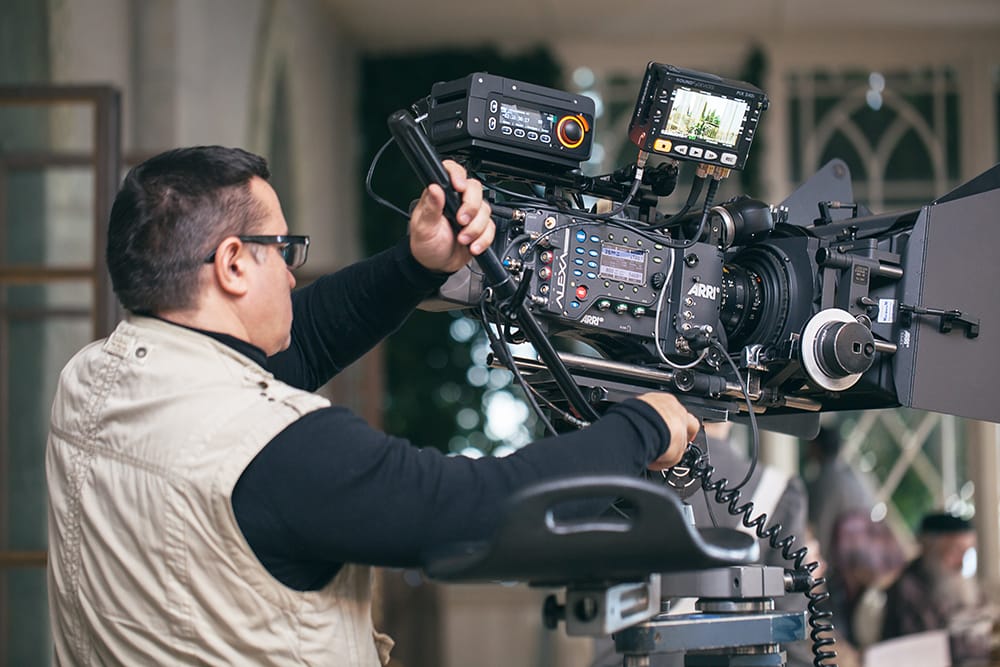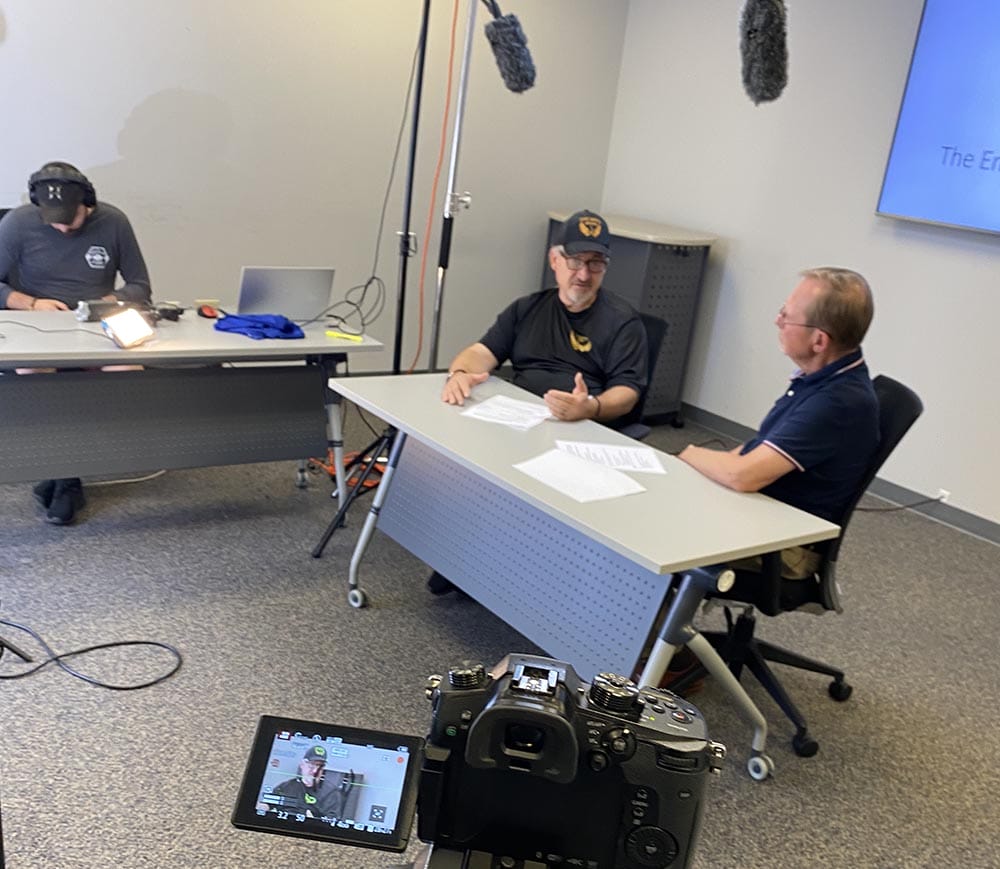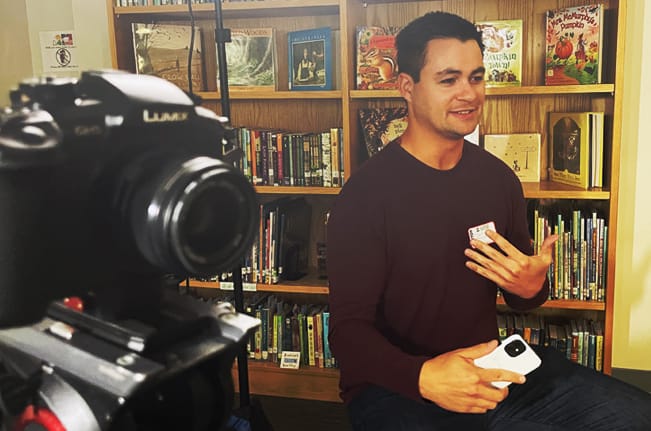Differences Between a Freelancer and a Video Production Company
When you’ve decided to embark on a video production project, your next step is to decide who you’d like on your team to help achieve your goals. There are two main options for your project: hire a freelancer or partner with a video production company. Each organization will have unique needs for its project, and […]
Differences Between a Freelancer and a Video Production Company Read More »




